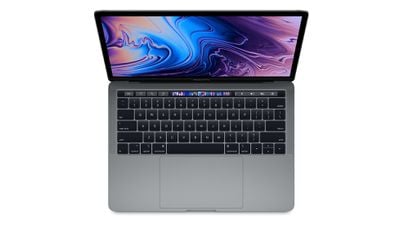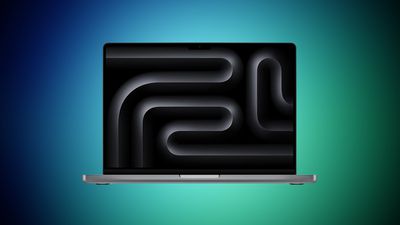The paid agreement that Google has with Apple to be the default search engine on the iPhone and other Apple devices violates antitrust law, a federal judge ruled today (via Bloomberg).

Google has long paid Apple billions of dollars a year to be the default Safari search engine, and this relationship has been under scrutiny as Google battles antitrust allegations made by the United States Justice Department. The court today found in favor of the DoJ, and said that Google is indeed shutting out competition by paying smartphone makers for default status.
Google's agreements with Apple and other smartphone makers have a "significant effect" maintaining Google's search monopoly, keeping other search engines from competing and reinforcing Google's dominant position. Google has a search market share of around 95 percent on smartphones, in part due to the money that it pays.
In 2022, Google paid Apple $20 billion, an amount that incentivizes Apple to stick with the status quo. Apple does not provide opportunities to other search engines, nor does it develop its own search product due to the money that it receives from Google, according to the DoJ.
After considering testimony from Apple, Google, Microsoft, and other companies, the court decided that Google has a search monopoly. "Google is a monopolist, and it has acted as one to maintain its monopoly. It has violated Section 2 of the Sherman Act," reads the ruling.
The court will need to decide on the next actions to take to address Google's anticompetitive practices, and injunctions could be forthcoming.
Google and Apple could in the future be barred from entering into search agreements, which will result in a revenue loss for both companies. Apple will not get billions for promoting Google Search, and Google will lose out on being the default option across billions of Apple devices.
In a statement provided to MacRumors, Google's president of global affairs Kent Walker said that Google will appeal the decision.
This decision recognizes that Google offers the best search engine, but concludes that we shouldn't be allowed to make it easily available. We appreciate the Court's finding that Google is "the industry's highest quality search engine, which has earned Google the trust of hundreds of millions of daily users", that Google "has long been the best search engine, particularly on mobile devices", "has continued to innovate in search" and that "Apple and Mozilla occasionally assess Google's search quality relative to its rivals and find Google's to be superior." Given this, and that people are increasingly looking for information in more and more ways, we plan to appeal. As this process continues, we will remain focused on making products that people find helpful and easy to use.
With an appeal planned, the DoJ vs. Google antitrust lawsuit over search will likely take several more months to resolve.



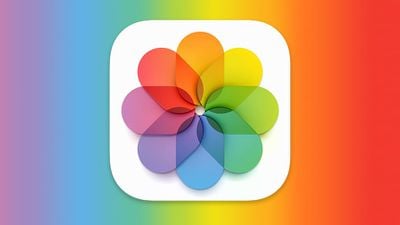
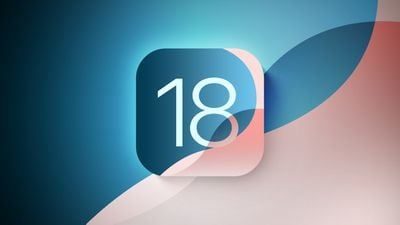
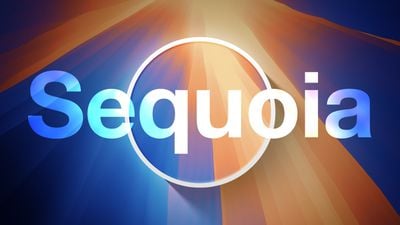

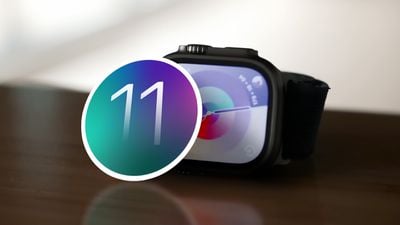
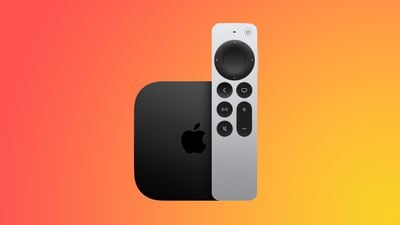
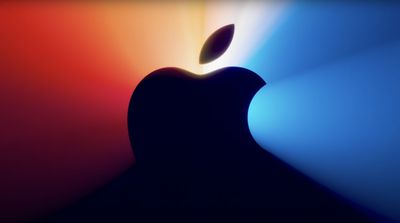
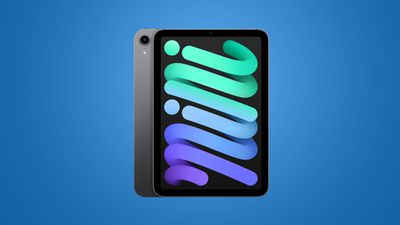 Note: MacRumors is an affiliate partner with some of these vendors. When you click a link and make a purchase, we may receive a small payment, which helps us keep the site running.
Note: MacRumors is an affiliate partner with some of these vendors. When you click a link and make a purchase, we may receive a small payment, which helps us keep the site running.
 Note: MacRumors is an affiliate partner with some of these vendors. When you click a link and make a purchase, we may receive a small payment, which helps us keep the site running.
Note: MacRumors is an affiliate partner with some of these vendors. When you click a link and make a purchase, we may receive a small payment, which helps us keep the site running.
